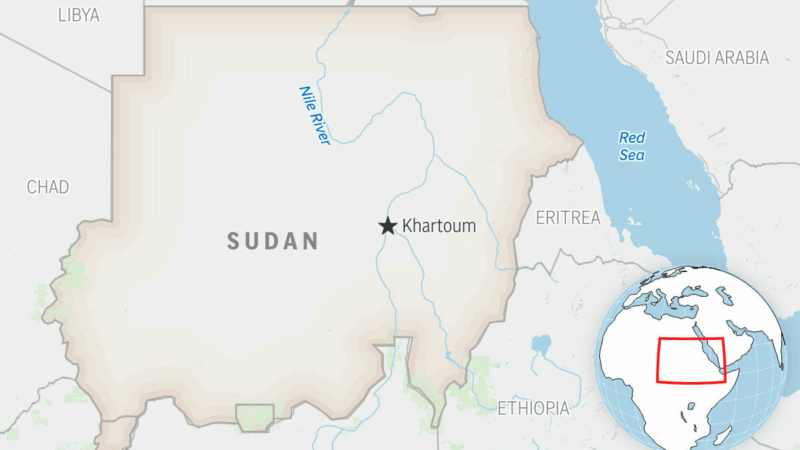Wheat Prices Soar
Thomas Murray’s family has worked this land in northwest Alabama for a century. He’s been farming since he dropped out of high school 30 years ago. Murray says cotton is in his blood, and corn too, but now he’s planting more than a third of his 800 acres with wheat.
“Because of the moisture. This wheat will grow this winter when we getting a little bit of rain.”
Like much of the Southeastern U.S., Alabama is gripped with a record drought. It crushed Murray’s cotton crop and a late freeze Easter weekend zapped the corn.
“Well we woke up, we had corn knee high. The next day it was flat. It just froze to death.”
Murray says he’s about $10,000 in the hole. To make ends meet he drives a school bus, harvests other people’s land, and hauls chicken litter. And he’s banking on the wheat that’s just poking up through the dried corn cobs that litter his fields.
Ironically, the bad weather that caused Murray’s troubles is also responsible for the record prices that might help save his farm. Joe Sowers is with the trade group US Wheat Associates. He says the high price is the result of growing demand and shrinking supply because of really bad weather around the world, including Australia.
“They’ve had two years of essentially biblical drought.”
Last year, Canada’s planting season was delayed because of rain, and Argentina had a late season freeze. This year, the weather is cooperating. Sowers says it’s been nearly ideal and farmers everywhere are planting wheat like crazy. In Alabama, the number of acres planted with wheat has doubled this year, leaving some like farmer Thomas Murray worried about the potential of falling prices.
“That’s what’s scared me, you know, everybody’s planted wheat. Everybody planted corn but the corn price didn’t fall. So maybe the wheat won’t fall. I hope it don’t. We all gonna be a mess if it does!”
Auburn University extension specialist Tim Reed says if farmers don’t make good money off this wheat crop some could go out of business.
“Farmers in this area are really facing a critical situation.”
And if wheat production goes down next year, consumers may pay even more for bread, cereal and cookies.
Sudanese paramilitary drone attack kills 50, including 33 children, doctor group says
Thursday's attack is the latest in the fighting between the paramilitary group, the Rapid Support Forces, also known as the RSF, and the Sudanese military, who have been at war for over two years.
Russia unleashes drone and missile attack on Ukraine as diplomatic talks continue
Russia unleashed a major missile and drone barrage on Ukraine overnight into Saturday, after U.S. and Ukrainian officials said they'll meet on Saturday for talks aimed at ending the war.
Takeaways from the latest special election and what it means for control of the House
There was yet another sign this week of a potential 2026 wave that could hand control of the House of Representatives to Democrats.
West Virginians question National Guard deployments after attack on 2 of their own
Army Specialist Sarah Beckstrom was fatally shot in Washington, D.C., while Air Force Staff Sergeant Andrew Wolfe was seriously wounded. Trump says the deployments are necessary to fight crime, but others disagree.
Trump official signals potential rollback of changes to census racial categories
Trump officials are reviewing changes to racial and ethnic categories that the Biden administration approved for the 2030 census and other federal government forms, a White House agency official says.
HHS changed the name of transgender health leader on her official portrait
Admiral Rachel Levine was the first transgender person to be confirmed by the Senate to serve in the federal government. Her official portrait at HHS headquarters has been altered.






